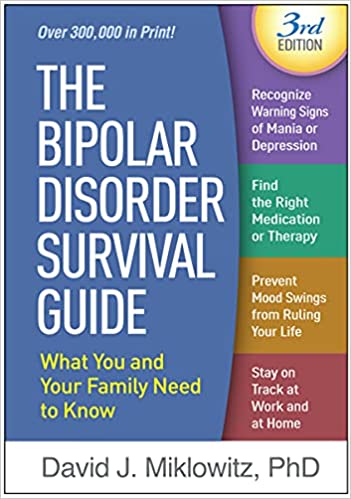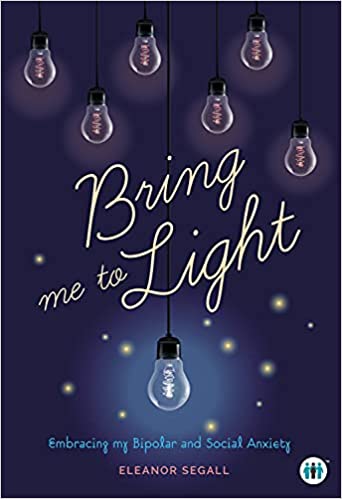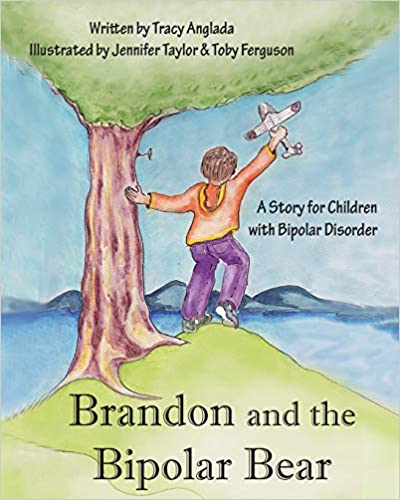Bipolar disorder is a mental disorder that causes unusual shifts in mood and energy, and changes an individual’s ability to carry out day-to-day tasks.
People with bipolar disorder tend to go through periods of elevated mood (mania or hypomania), often followed by bouts of depression. These are known as mood episodes and each one can last for at least 4 days to weeks or months at a time. People with bipolar disorder can also experience neutral mood periods.
There are different types of bipolar disorder. In addition to the types listed below, there is also a diagnosis called other or unspecified bipolar spectrum disorder.
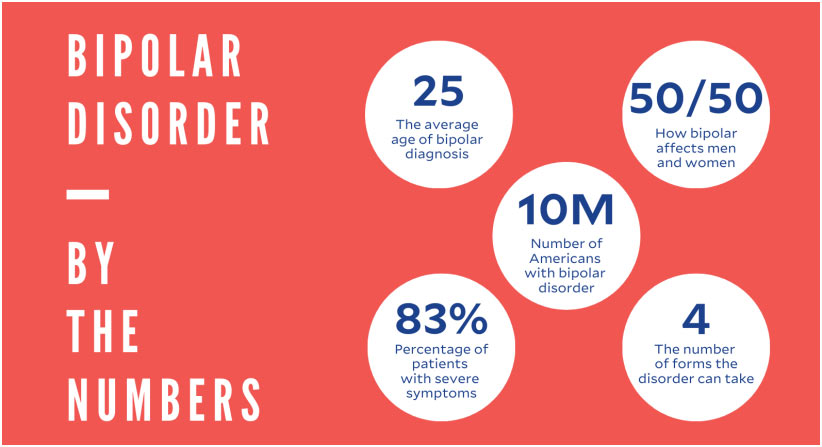
Bipolar I: This diagnosis is given to people who have experienced at least one manic or mixed episode lasting at least 7 days in a row where they were acting much different than their usual baseline.
Bipolar II: People with bipolar II have had at least one hypomanic episode (lasting at least 4 days in a row) and one major depressive episode. Their moods do not become elevated into full-blown mania but they have episodes where they are acting very different from their norm.
Cyclothymic Disorder: Cyclothymic disorder is a chronic condition in which someone experiences numerous periods of hypomania and dysthymia, but without reaching the diagnostic criteria for either Bipolar I or II due to short duration or reduced intensity of symptoms.
Did You Know?
According to the National Alliance on Mental Illness (NAMI), it’s estimated that 2.3 million Americans have bipolar disorder.
Frequently Asked Questions:
Symptoms of mania or hypomania suggestive of a bipolar disorder include 4-7 days or more continuously where the patient experiences:
- high or irritable mood
- increased energy and activity levels
- decreased need for sleep without feeling tired
- intense feelings of self-importance (grandiosity)
- increased distractibility and worsening of focus/ attention
- increased sex drive
- extreme “highs” which may be followed by very serious depression
- behavior that is out of character for the individual, such as quitting a job or quitting school
- impulsive behavior including excessive spending, impulsive sex, substance abuse, reckless driving, and binge eating which is atypical for the person
Bipolar disorder is usually diagnosed in late adolescence or early adulthood, but it has also been seen in children, as well as during pregnancy or shortly after childbirth. Symptoms associated with bipolar disorder are episodic and are not always constant. Symptoms can also be mild, which can make a diagnosis challenging.
Psychiatrists can accurately diagnose bipolar disorder, so if you or a loved one are showing symptoms, schedule a consultation with our physicians at Florida Family Psychiatry today.
There is no single test to diagnose bipolar disorder. Instead, bipolar disorder is diagnosed after a physical exam, discussion of your medical history, a review of symptoms, and ruling out other conditions that cause similar symptoms. You will likely be asked to fill out a self-assessment and/or answer specific questions so that your provider can give you an accurate diagnosis. You may also be asked to keep a mood journal detailing your moods and sleep patterns for a certain amount of time. Labs may be ordered to rule out any medical causes.
There is no cure for bipolar disorder and like most mental illnesses, it tends to be life-long. However, with the right treatment plan in place, people with bipolar can function normally and lead productive lives. Psychiatric medication is indicated to stabilize mood and keep it stable. Talk therapy can help change thoughts and behaviors associated with bipolar disorder, but only medication can balance brain chemicals that affect mood and emotions.
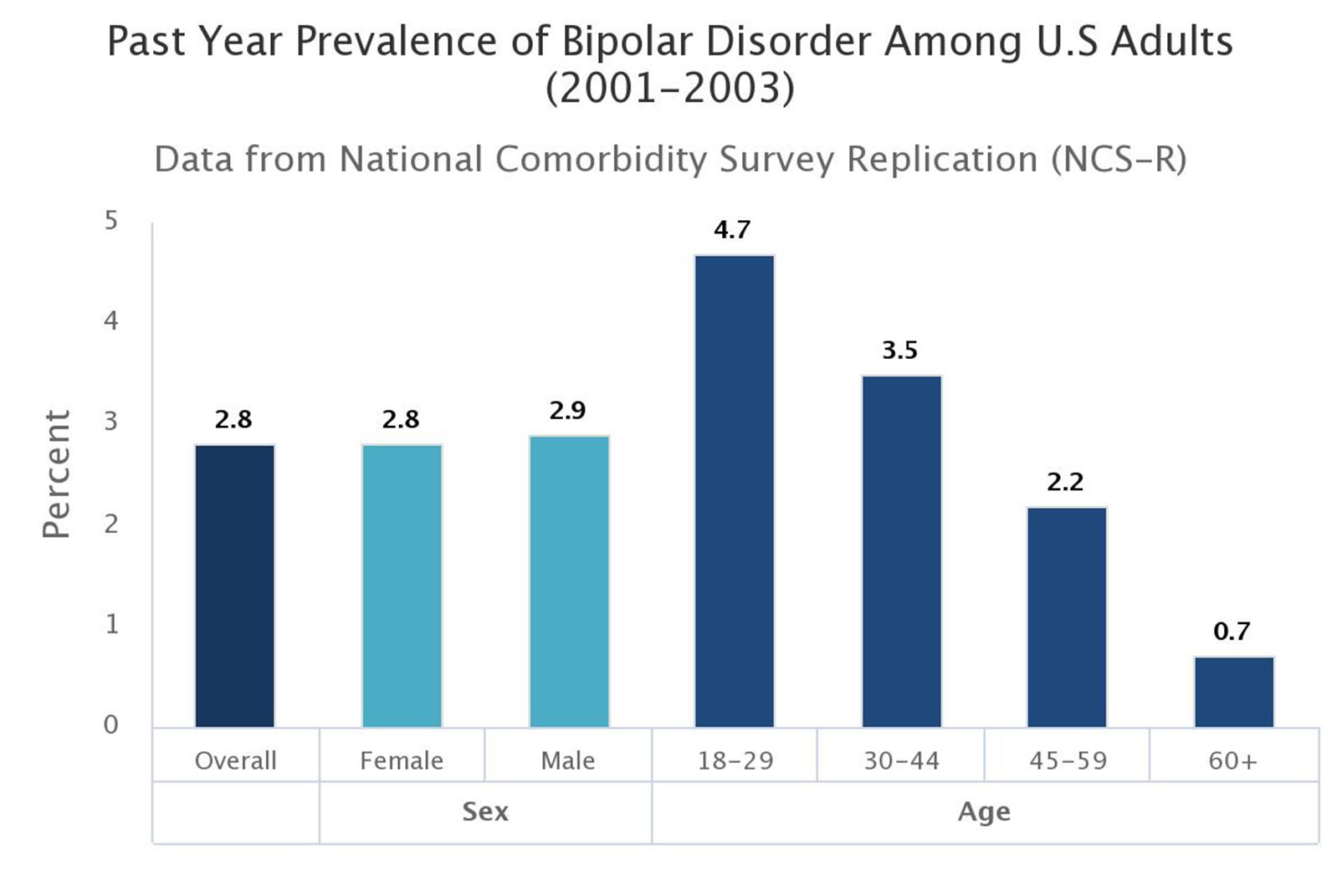
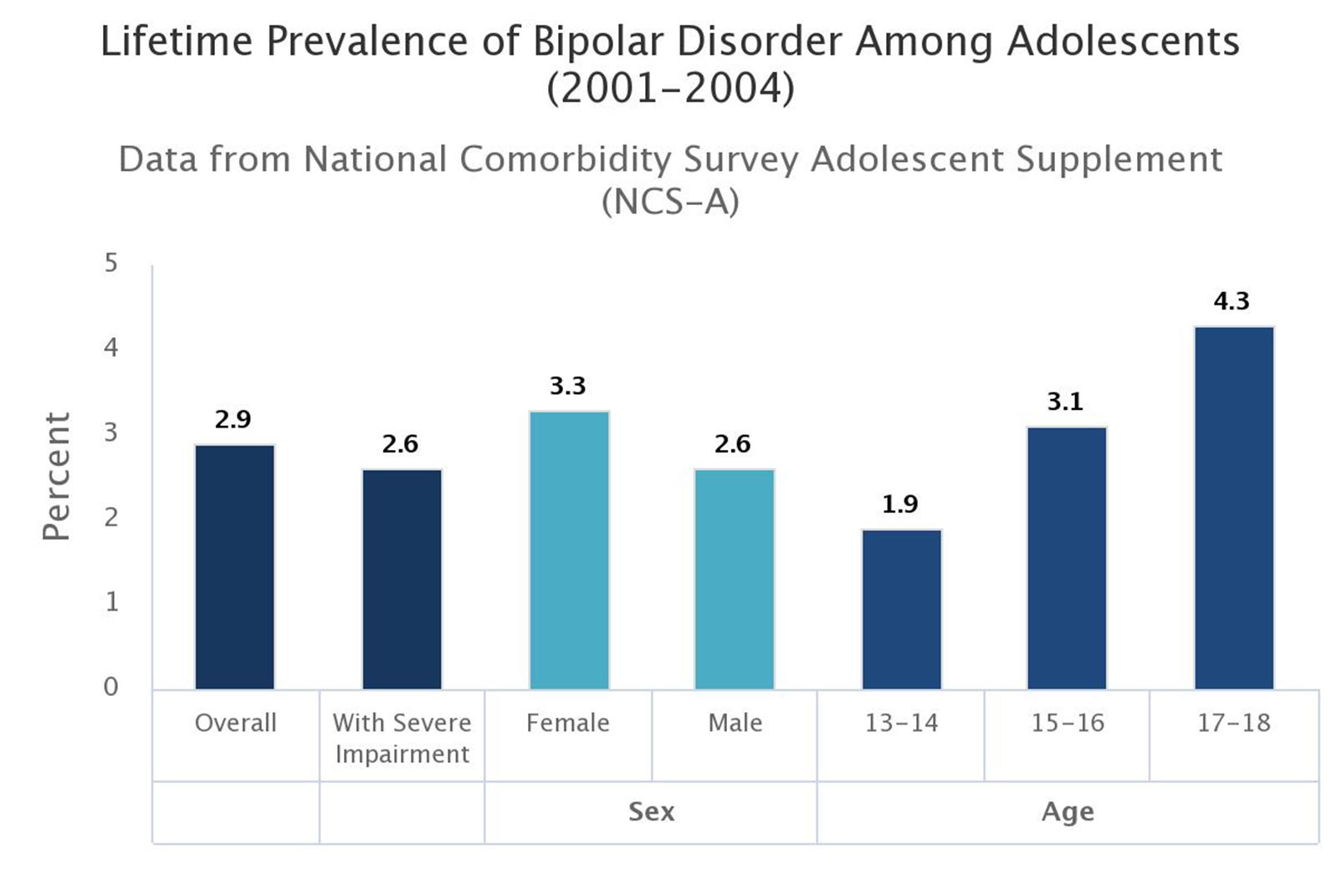
Screens:
Guides:
Podcasts:
Books
- Bipolar Disorder: The Ultimate Guide | Audiobook version
- An Unquiet Mind: A Memoir of Moods and Madness | Audiobook version
- The other side of me – memoir of a bipolar mind | Audiobook version
- The Bipolar Disorder Survival Guide, Third Edition: What You and Your Family Need to Know
- Marbles: Mania, Depression, Michelangelo, and Me: A Graphic Memoir
- The Truth About Broken: The Unfixed Version of Self-Love
- Bring me to light
- Brandon and the Bipolar Bear: A Story for Children with Bipolar Disorder
- Turbo Max: A Story for Siblings and Friends of Children with Bipolar Disorder
Apps:
Videos:
Disclaimer:
Some of the contents on this Florida Family Psychiatry (FFP) webpage were sourced from the American Academy of Child and Adolescent Psychiatry, the American Board of Psychiatry and Neurology, the National Institute of Mental Health, and their affiliates. The content on this page should be used for informational purposes only. It is not intended to be a substitute for professional medical advice, diagnosis, or treatment. FFP has made every attempt to ensure the accuracy and reliability of the content on this website. However, the information is provided “as is” without warranty of any kind.
FFP does not accept any liability or responsibility for the content, accuracy, completeness, reliability or legality of the content on this website. FFP does not endorse or recommend any products or services. Additionally, external parties may not use any information on this website for advertising or product endorsement purposes.











